Renewable & Nonrenewable Resources Teaching Resources
Teach your students all about renewable and nonrenewable resources this school year with printable worksheets, activities, vocabulary guides and more created by teachers for your elementary science lessons.
Aligned to the NGSS, this collection of teaching resources has been created with differentiated options and editable versions to make your lesson plans easier to create and save you time! Each resource in this collection has been thoroughly reviewed by a member of the Teach Starter teacher team to ensure it's ready for your lesson planning and your students.
New to teaching this section of the elementary science curriculum or looking for fresh ideas to explain the difference between renewable and nonrenewable resources and why these are so important? Read on for a primer from our teacher team!
What Are Natural Resources? A Kid-Friendly Definition
In order to explain renewable and nonrenewable and the differences between them, students first need to understand what it means to have a natural resource. Here's a natural resources definition to share with your students:
Natural resources are materials or substances that are naturally occurring in the environment and are valuable to humans for their economic, environmental, or cultural benefits. These resources are generally classified into two categories — renewable and nonrenewable resources.
What Is a Renewable Resource?
Need a kid-friendly way to explain this concept? Try this one: A renewable resource is a natural resource that we can use over and over again without running out. It's sort of like having a cookie jar that never runs out of cookies. Only in this case, the "cookies" provide the energy we need for things like heating our homes and running the electrical items in our schools.
Sometimes renewable resources will be regenerated naturally, while others require human intervention (for example, tree planting replenishes the supply of wood but requires people to do some work!).
What Are Some Examples of Renewable Resources?
Some examples of renewable resources include:
- Sun — The sun is one of the most abundant renewable resources in the US, and it is used to create energy with the help of solar panels.
- Wind — Wind turbines harness this renewable resource, generating electricity as gusts of wind move through them.
- Water — Hydroelectric dams are often used to create energy with this renewable resource.
What Is a Non-Renewable Resource? A Kid-Friendly Definition
As the prefix "non" would indicate, nonrenewable resources are essentially the opposite of the renewable type. These natural resources used to create energy cannot be easily replenished or replaced.
Some may be used up entirely over time, and once they're gone, they will be gone for good. Others may come back, but the time it takes to come back is so long that it won't happen for thousands or even millions of years, which means we will run out too quickly.
Many nonrenewable resources create other issues, such as the harm that burning fossil fuels represents to the environment. Nonrenewable resources are often considered unsustainable, and their use is a major contributor to environmental degradation, climate change, and other global issues.
What Are Some Examples of Nonrenewable Resources?
Some examples of nonrenewable resources that you can share with your students include:
- Fossil fuels — Nonrenewable fossil fuels like coal, oil and natural gas are used for electricity and heat but would take millions of years to regenerate.
- Minerals — Gold, silver and copper are all minerals that are mined for use in electronics, jewelry and more, but they won't just replenish naturally.
Renewable Energy vs. Non-Renewable Energy — What's the Difference?
Many of the resources we have are tied to the energy we use to power our houses, our cars and more. We classify these energy types as either renewable energy or non-renewable energy.
So what's the difference? Let's look at a breakdown you can share with students.
Renewable Energy
The energy that comes from natural resources that can be replenished over a relatively short period of time is called renewable energy.
Types of renewable energy include:
- Solar
- Wind
- Geothermal
- Biomass
Non-Renewable Energy
Non-renewable energy is energy that is produced with finite resources that cannot be easily replenished.
Sources of non-renewable energy include:
- Coal
- Oil
- Natural gas
- Free Plan
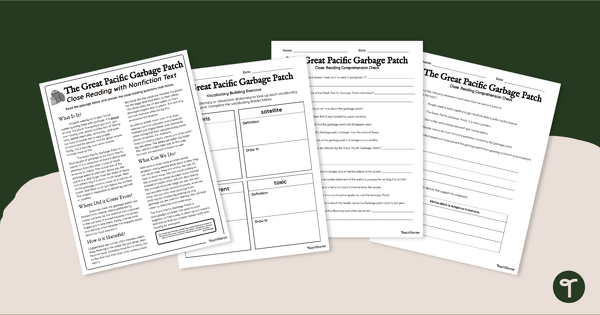
Comprehension Worksheets - The Great Pacific Garbage Patch
Read and learn about the Great Pacific Garbage Patch with a reading comprehension passage and worksheet pack.
- Free Plan
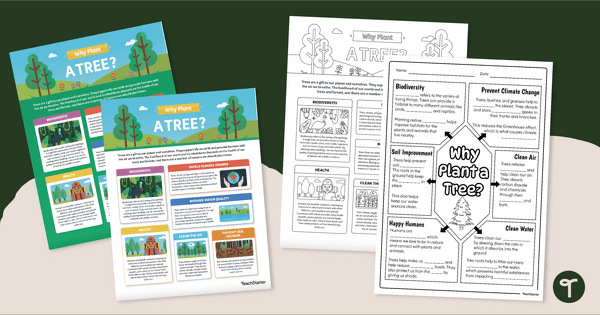
Why Plant a Tree? Infographic Analysis Activity & Posters
Teach about Arbor Day or Earth Day with an infographic poster and a cloze note-taking worksheet about the importance of trees in our environment.
- Free Plan
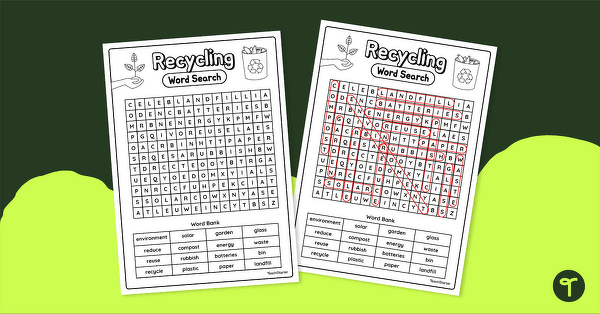
Recycling Word Search
Build your students’ vocabulary around the topic of recycling with this recycling-themed word search.
- Plus Plan

Environmental Impact Science Experiments
Use these simple science experiments to teach your students about environmental issues such as oil and water pollution, soil quality and climate change.
- Free Plan
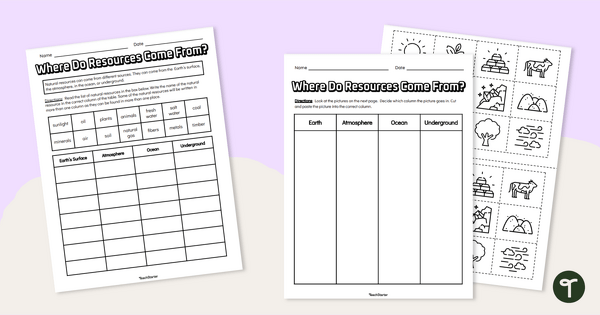
Where Do Natural Resources Come From? Differentiated Worksheet
Explore where natural resources are found with a pair of differentiated natural resource worksheets.
- Free Plan
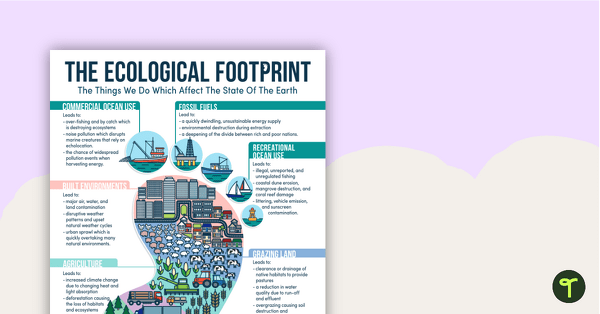
My Ecological Footprint - Reference Sheet
Teach your students about the things we do that affect the Earth with an ecological footprint reference sheet.
- Free Plan
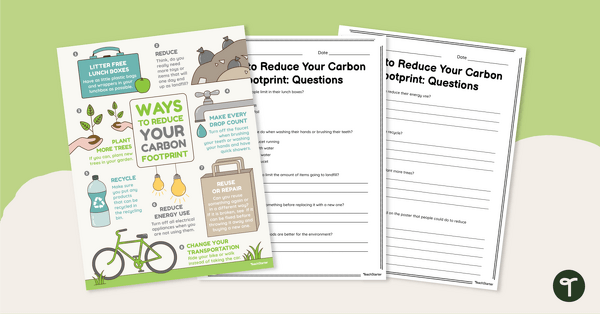
Ways to Reduce Your Carbon Footprint – Poster and Worksheet
Explore how to reduce your carbon footprint with this poster and accompanying comprehension worksheet.
- Plus Plan
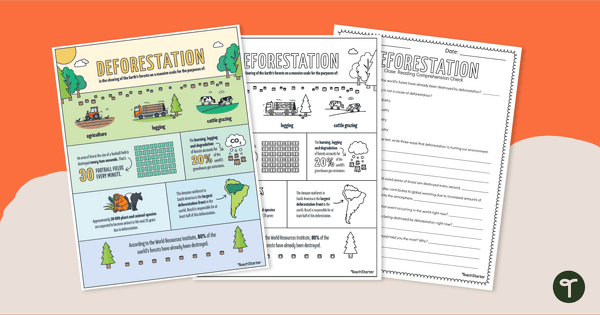
Deforestation-Infographic Analysis Activity
Read and understand an infographic about Deforestation with a thought-provoking poster and comprehension questions.
- Plus Plan
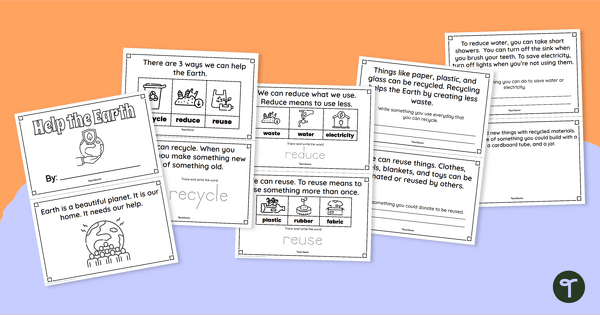
Reduce Reuse Recycle! - Printable Earth Day Read-Alouds
Teach your students to reduce, reuse, and recycle with a printable 3 Rs Mini-Book.
- Plus Plan

What is Pollution? Guided Note-Taking Worksheets
Provide your learners with an organized note-taking method with a pack of Pollution note-taking templates.
- Free Plan
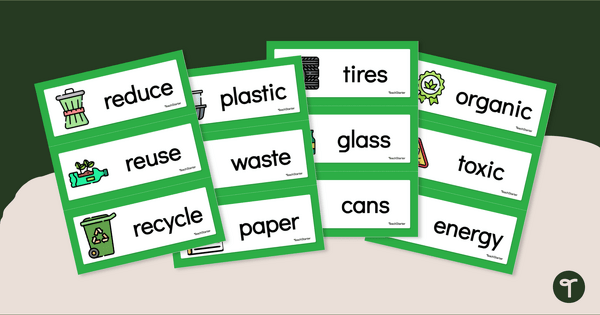
Reduce, Reuse, Recycle - Environmental Word Wall
Help your young students learn about recycling and conservation with an illustrated word wall.
- Free Plan
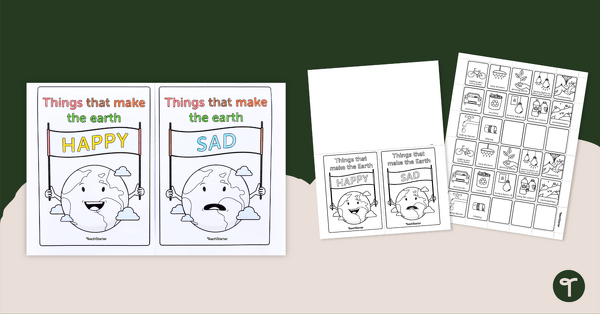
Environmental Awareness Flip Book - Earth Day Activity
Use this flip book to build awareness of actions that are good and bad for the environment.
- Plus Plan
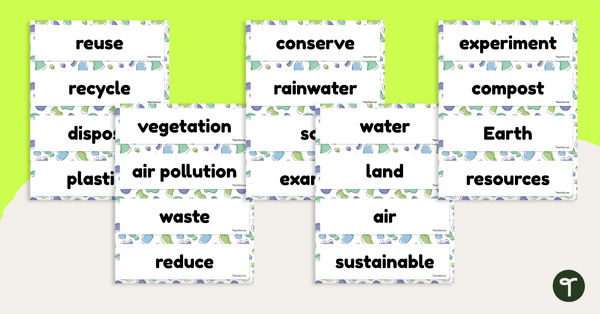
Save the Planet - Earth Words Vocabulary Display
Print and display Earth Day-related terms in your classroom to improve vocabulary and discussion about Earth Day.
- Plus Plan
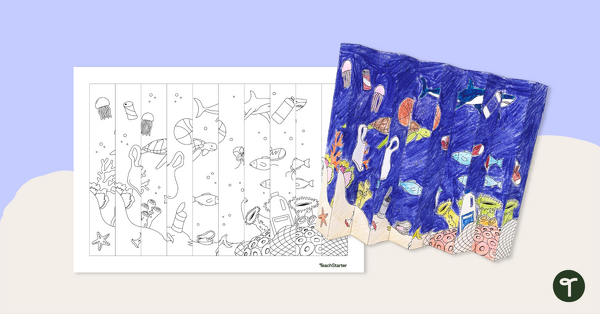
Ocean Pollution Art Activity
Inspire discussions about ocean pollution and environmental impact with an Earth Day art project.
- Free Plan
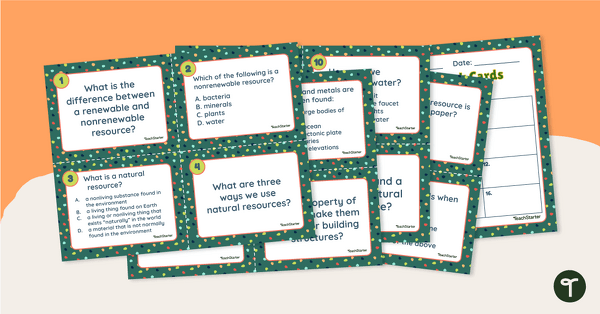
Natural Resources Task Cards
Answer questions about natural resources and their uses with this set of 16 task cards.
- Plus Plan
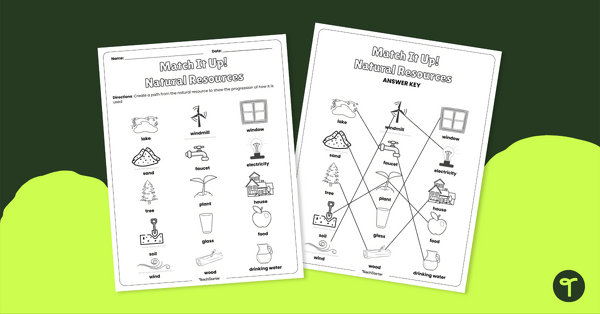
Match It Up! Natural Resources – Worksheet
Match natural resources with how they are used with the help of this worksheet.
- Plus Plan
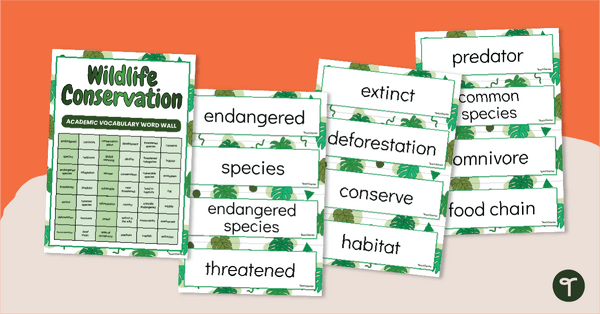
Wildlife Conservation Vocabulary Words
Help your students build academic vocabulary skills surrounding animal and wildlife conservation with a printable word wall.
- Free Plan
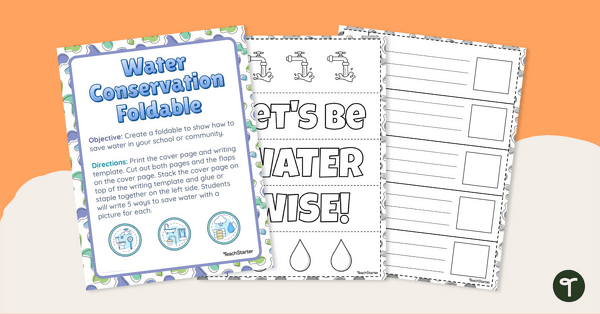
Water Conservation Foldable
Display different ways to save water with this water conservation foldable.
- Plus Plan
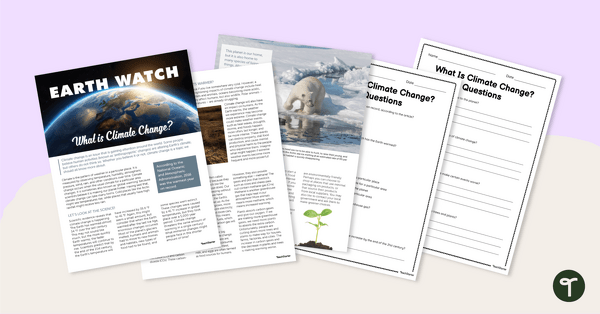
What Is Climate Change? Comprehension Worksheet
Teach your students about the perils of climate change with this comprehensive article with accompanying comprehension questions.
- Plus Plan
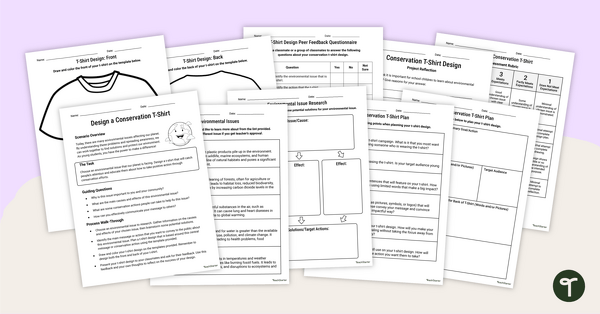
Design a Conservation T-Shirt – Inquiry-Based Project
Use this conservation project to teach your students about how to ignite positive change in the face of a global environmental crisis.
- Plus Plan
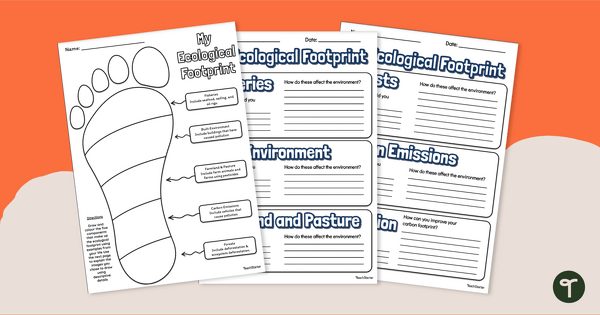
Carbon Footprint Draw and Write
Help your students be more eco-conscious by having them complete a carbon footprint worksheet.
- Plus Plan
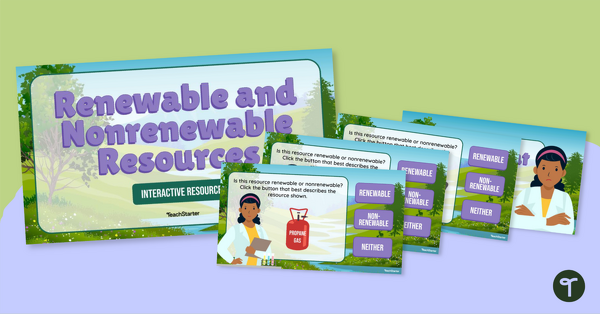
Renewable or Nonrenewable? Earth's Resources Game
Investigate the differences between renewable and nonrenewable resources with a self-checking interactive science game.
- Plus Plan
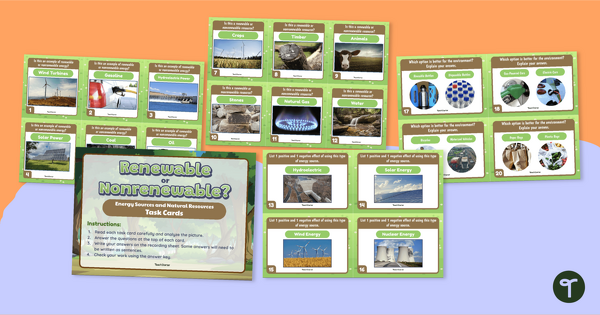
Renewable or Nonrenewable? Earth's Resources Task Cards
Identify natural resources and Earth’s energy sources with a set of 24 renewable and nonrenewable resource task cards.
- Plus Plan
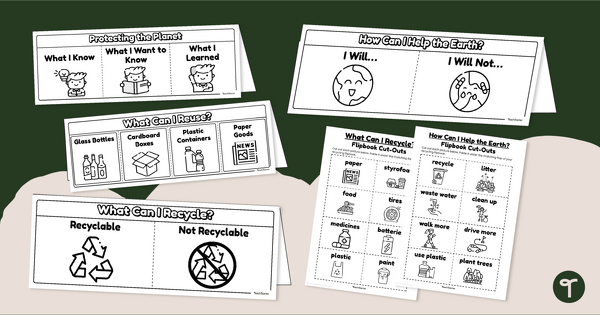
Reduce, Reuse, Recycle - Earth Day Foldables
Display different ways to conserve resources with a set of fun recycling–based foldable interactive notebook templates.
- Plus Plan
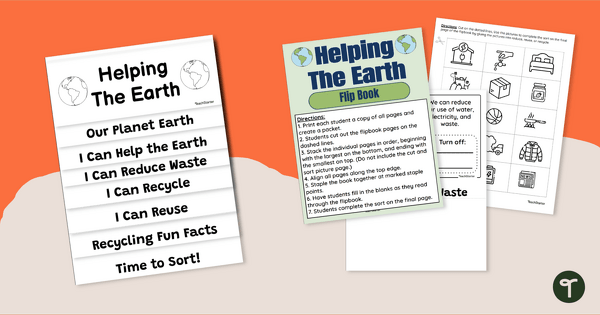
Helping the Earth Flipbook - Primary
Use this printable recycling flipbook with your students to teach them about ways to help Earth.
- Plus Plan
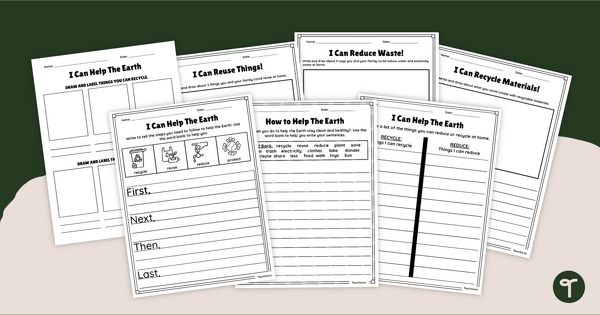
Recycling Writing Prompts - Earth Day Worksheets
Differentiate writing instruction in primary grades with informational writing prompts about recycling and conservation.
- Plus Plan
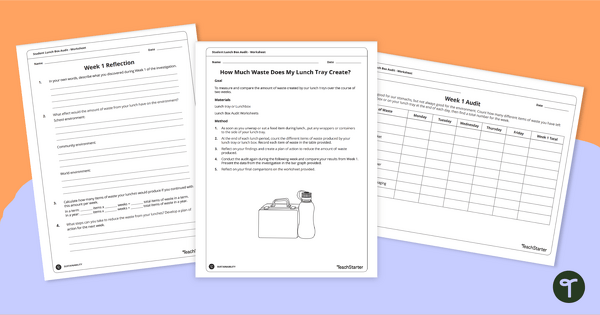
How to Reduce Waste - School Lunch Project
Investigate the waste produced from school lunches and create a plan of action to reduce waste with a school lunch waste analysis project.
- Plus Plan
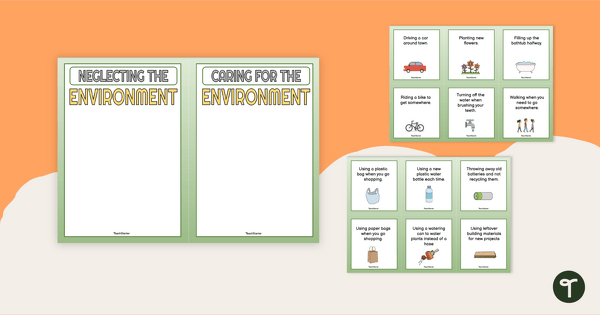
Sustainability Activity - Caring for the Environment Sort
Promote sustainable living with a sustainability sorting activity.
- Plus Plan
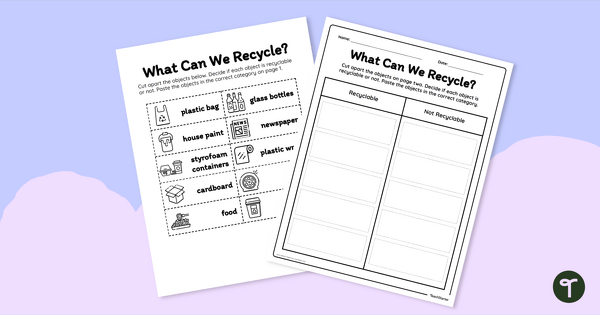
What Can We Recycle? Cut and Paste Worksheet
Remember what to recycle with a cut-and-paste worksheet.
- Plus Plan
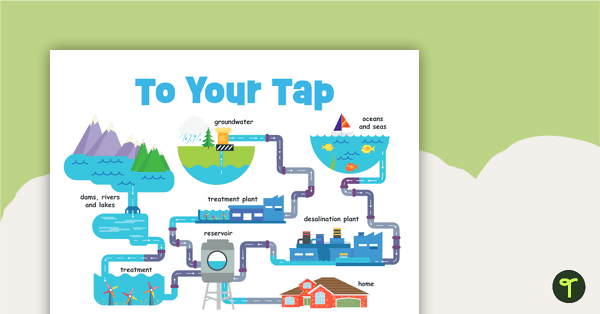
To Your Tap - Water Poster
Display the process that water goes through to get to your tap with a printable poster.
- Plus Plan
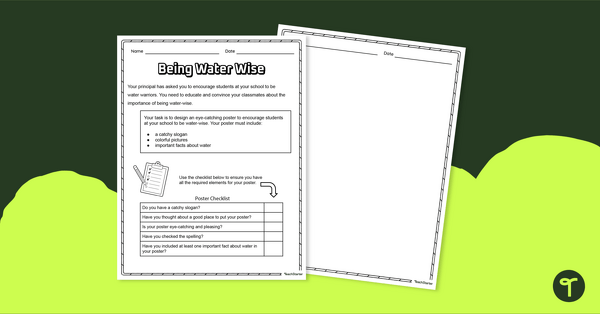
Being Water Wise - Saving Water Poster Project
Learn and demonstrate knowledge about water conservation with a "Being Water Wise" poster project.
- Plus Plan
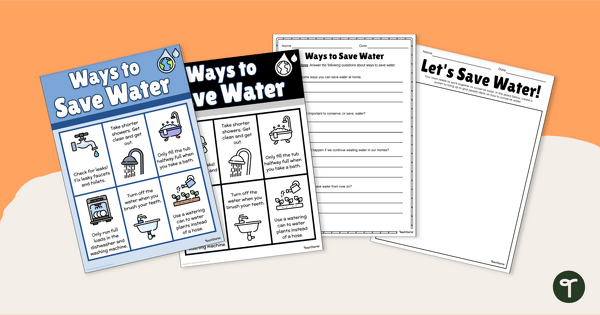
How to Save Water Poster and Worksheet Pack
Teach your students ways to save water with a printable poster and worksheet pack.
- Renewable & Nonrenewable Resources Worksheets
- Renewable & Nonrenewable Resources Posters
- Renewable & Nonrenewable Resources Templates
- Renewable & Nonrenewable Resources for Kindergarten
- Renewable & Nonrenewable Resources for 1st Grade
- Renewable & Nonrenewable Resources for 2nd Grade
- Renewable & Nonrenewable Resources for 3rd Grade
- Renewable & Nonrenewable Resources for 4th Grade
- Renewable & Nonrenewable Resources for 5th Grade
- Renewable & Nonrenewable Resources for 6th Grade